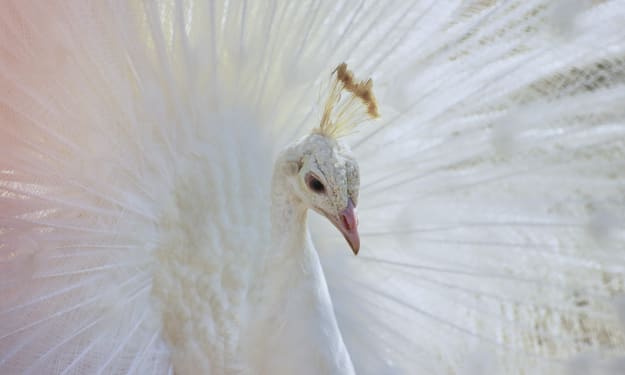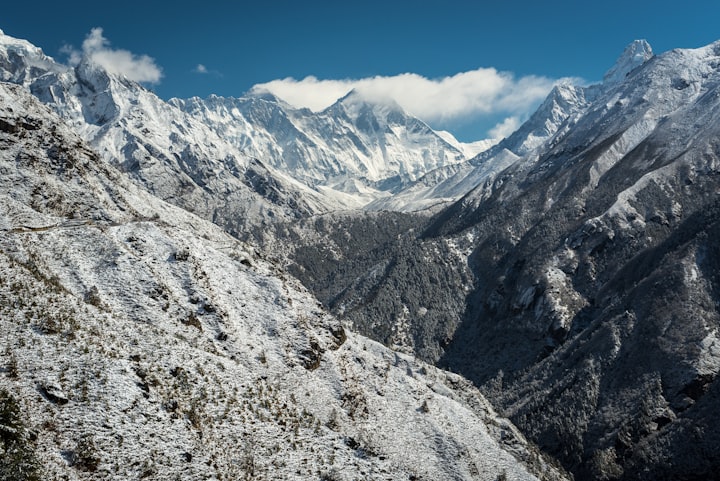Black and white beauties!
Let's explore some butterflies...

Butterflies are one of the most fascinating creatures I have ever seen! There are so many amazing species all around the world and I am on the way to exploring each of them.
They vary in shape, size, and colours, and here we will talk about some black and white coloured species.
1. Aporia crataegi

The simple but elegant species, Aporia crataegi, is commonly known as Black- veined white butterfly. The upper side of the forewings and hindwings are translucent white and veined with black. This unique creature is one of the 30 butterfly species of its genus.
Found in Northwest Africa, Transcaucasia, Japan, Turkey, Cyprus, Syria, Israel, and Lebanon, they are extinct in the British Isles. Increased predation by the birds, mild winters and disease due to poor autumn weather are some of the believe reasons behind this extinction.
However, both males and females look alike but females are slightly larger than males and have brown veining on their upper wings.
The most interesting part is that the females usually rub their wings together losing their veins which results in completely transparent wings.
2. Idea Malabarica

This species is commonly known as Malabar tree nymph. I think they got this name just because of their beauty only!
They have white wings with black markings on them. Having a unique black pattern on their white wings gives them an extraordinary look.
The nymph is found in the Western Ghats of South India. Members of this genus are also known as 'paperkite' as they glide a lot. It has been found that their flight is generally weak, slow, and fluttery.
3. Zebra longwing

The most interesting species to discuss! This butterfly is distributed across southern Texas, peninsular Florida, and South and Central America.
I think it would be clear to you that it got its name just because of those white strips on the black wings.
But do you know that those strips themselves help these butterflies to escape from the predators? It works as a warning for them that the insect is toxic ( the reason behind their toxicity is the cyanogenic glycosides chemicals which are bad for health, if ingested and are bitter in taste.)
The adult butterflies eat pollen and sip nectar as well. However, females carry more pollen than males as nutrients such as amino acids are required for egg production.
During mating, males transfer a protein-rich spermatophore to females. It provides chemicals that protect the mothers and their offspring from predators.
4. Marbled white

This medium-sized species has decorated upperside wings with black, gray, white, or brown markings on it.
It is found across Europe, Iran, Asia Minor, and southern Russia. Marbled whites are more attracted towards purple flowers (such as Wild Marjoram, thistles, knapweeds, and Field Scabious). In addition to flowers, they show some preference for limestone and chalk areas as well.
It is also found that this insect also feeds on the blood of living butterflies without causing any harm to them!
5. White admiral

The feeling of admiration after looking at those black wings with white bands would probably be the reason behind their unique name!
This butterfly species resides in Southern Britain, Europe, and Japan.
It is found mostly in the woodlands flying from trees to trees and gliding along the forest routes. This delicate species looks stunning while flying effortlessly. Some of its close relatives are also known as 'gliders' as they glide elegantly.
They rarely feed on the nectar of flowers and suck liquid from ripe fruits, animal urine, and excrement and corpses of mammals.
If would ever see this species in your garden you will notice that they are rarely found in groups and usually fly alone. The white admirals love to relax in shady spots.
6. Zebra swallowtail

Photo by Zdenek Machacek on Unsplash
This is my personal favorite species of butterflies among which we have discussed so far.
The colour combination of the stunning species looks so amazing and that sword-like tail part just enhances the beauty of the creature!
This swallowtail butterfly is native to the United States and Canada. It is also the state butterfly of Tennessee.
They are easily identified by their black and white strips which resemble a zebra.
It is found in low, moist woodlands where its host plant, the pawpaw tree grows. The females lay their eggs on pawpaw leaves only as the caterpillars feed on them.
The males are found to congregate on moist soil, sand or gravel and obtain amino acids and salt. This behavior is known as puddling and the collected nutrients help them in reproduction.
The adult butterflies suck nectar from flowers like milkweed, redbud, and verbena.
Wrap up
The tremendous view of varieties of species flying from one flower to another makes me feel so mesmerized while sitting in my flower garden. There is a lot more to explore and I am excited about the journey!
By the way, which one is your favourite butterfly species?
I f you enjoyed reading and want more interesting stories like this, then drop a heart and subscribe to the page. You guys can also support me in my journey by pledging or tipping me!
Follow my instagram page and stay connected with me for more nature related facts and fun!
About the Creator
Shiwangi dwivedi
Hey! I am a nature lover and love to write about different elements present on our planet. We will together explore the amazing beauty of nature! I explore and write on Medium too. Go and check it out-https://shivangidwivedi1900.medium.com/






Comments
There are no comments for this story
Be the first to respond and start the conversation.